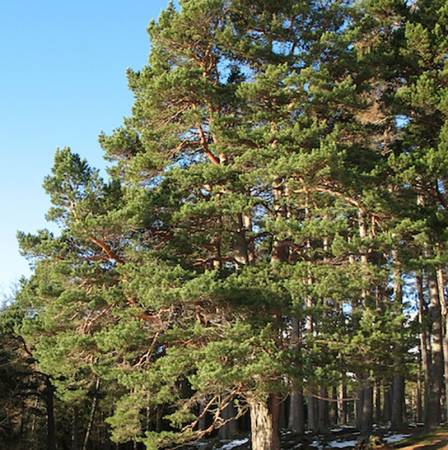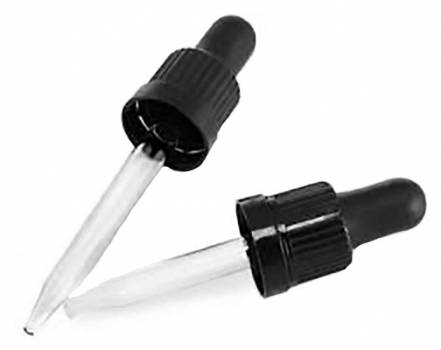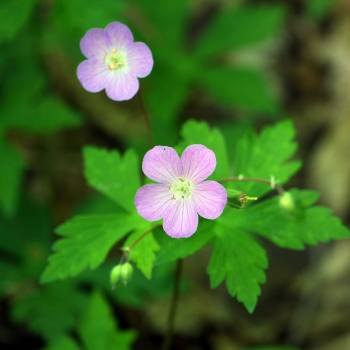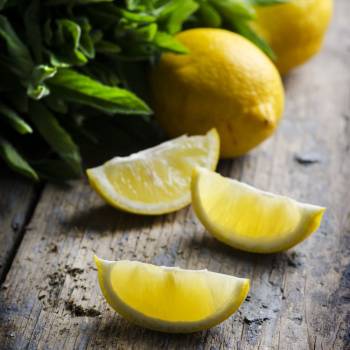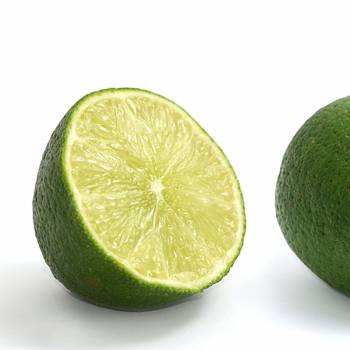Welcome Sign in
Product successfully added to your shopping cart
There are 0 items in your cart. There is 1 item in your cart.
Pine Needle - Pinus sylvestris
Also known as Scotch Pine, stimulates, refreshes and cleanses. With a strong, fresh, resinous aroma it has a powerful antiseptic quality and is widely used.
New
Data sheet
| County of Origin | Bulgaria |
| Therapeutic Properties | Analgesic, anti-bacterial, anti-fungal, anti-infectious, anti-inflammatory, anti-rheumatic, anti-spasmodic, decongestant, expectorant, immuno-stimulant, rubefacient |
| Botanical Family | Pinaceae |
| Chemical Family | Monoterpenes |
| Approx. Shelf Life | 3 years |
| Plant Parts | Needles |
| Note Classification | Top |
| Method of Extraction | Steam Distilled |
| Blends well with | Geranium, Lemon, Lime, Orange, Neroli, Cedar, Coriander, Lavender, Ylang-Ylang, Chamomile |
More info
History: Native Americans ate pine seeds. The inner bark of the pine provided a nutritious emergency food that various tribes ate either raw or boiled. Some Indian groups dried the inner bark and stored it for later use. Europeans used it as an inhalation to relieve congestion.
Characteristics: A top note with a strong aroma, Pine Essential Oil has a fresh forest smell.
Clinical Studies:
Indications: Used for cuts, lice, excessive perspiration, arthritis, gout, muscular aches and pains, poor circulation, bronchitis, catarrh, coughs, sinusitis, sore throat, cystitis, urinary infection, colds, flu, fatigue, nervous exhaustion, and stress.
Personality Profile:
Subtle Aromatherapy:
Mode of Administration: Aftershave, aroma lamp, bath, diffusor, inhaler, light bulb ring, liquid candles, lotion, massage, mist spray, steam inhalation.
Safety: Dilute well before use; for external use only. May cause skin irritation in some individuals; a skin test is recommended prior to use. Contact with eyes should be avoided.
